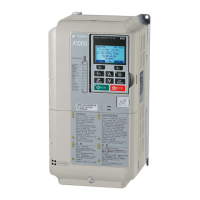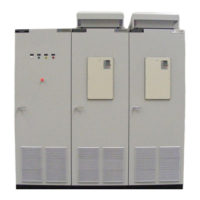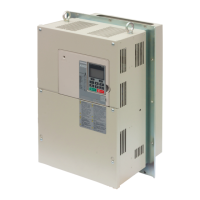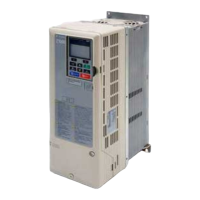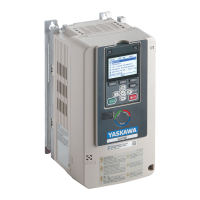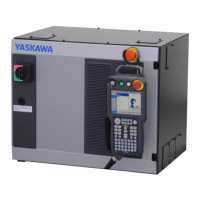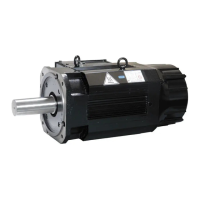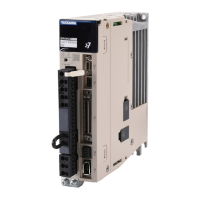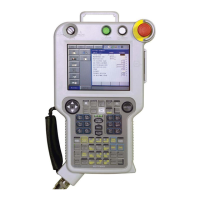Setting 0: Disabled
Torque limit is created at start without a delay time. Disable L7-16 to maximize the response time when the application requires
sudden acceleration or deceleration at start.
Setting 1: Enabled
A time filter is added to allow the torque limit to build at start.
u
L8: Drive Protection
n
L8-01: Internal Dynamic Braking Resistor Protection Selection (ERF type)
Selects the dynamic braking resistor protection when using an optional heatsink mounted braking resistor (ERF type, 3% ED).
No. Name Setting Range Default
L8-01
Internal Dynamic Braking Resistor Protection Selection
(ERF type)
0, 1
Determined by
C6-01 and o2-04
Setting 0: Disabled
Disables braking resistor protection. Use this setting for any dynamic braking option other than the Yaskawa ERF-type resistor.
Setting 1: Enabled
Enables protection for ERF-type resistors.
n
L8-02: Overheat Alarm Level
Sets the overheat alarm (oH) detection level.
The drive outputs an alarm when the heatsink temperature exceeds the overheat alarm level. If the drive is set to continue
operation after this alarm occurs (L8-03 = 4) and the temperature reaches the overheat fault level (between 105 and 131 °C
depending on drive capacity) , the drive will trigger an oH1 fault and stop operation.
When an output terminal is set for the oH pre-alarm (H2-oo = 20), the switch will close when the heatsink temperature rises
above L8-02.
No. Name Setting Range Default
L8-02 Overheat Alarm Level 50 to 130 °C
Determined by
C6-01 and o2-04
n
L8-03: Overheat Pre-Alarm Operation Selection
Sets the operation when an overheat pre-alarm is detected.
No. Name Setting Range Default
L8-03 Overheat Pre-Alarm Operation Selection 0 to 4 3
Setting 0: Ramp to stop
If an overheat alarm occurs, the drive decelerates to stop using the currently selected deceleration time. If a digital output is
programmed for “fault” (H2-oo = E), this output will be triggered.
Setting 1: Coast to stop
If an overheat alarm occurs, the drive switches off the output and the motor coasts to stop. If a digital output is programmed
for “fault” (H2-oo = E), this output will be triggered.
Setting 2: Fast Stop
If an overheat alarm occurs, the drive decelerates to stop using the Fast Stop time (C1-09). If a digital output is programmed
for “fault” (H2-oo = E), this output will be triggered.
Setting 3: Alarm only
If an overheat alarm occurs, an alarm is output and the drive continues operation.
Setting 4: Operation with reduced speed
If an overheat alarm occurs, the operation continues with the speed reduced to the level set to parameter L8-19. If the oH alarm
is still present after 10 s, the speed is reduced again. The amount of speed reduction depends on how often the alarm repeats.
If the oH alarm disappears while the drive is operating at a reduced speed, the drive will switch to the previous speed in 10 s
increments until reaching base frequency. Figure 5.104 explains the operation with reduced speed during an oH alarm. A
digital output programmed for 4D is switched when the oH alarm is still active after ten reduction cycles.
5.8 L: Protection Functions
YASKAWA ELECTRIC SIEP C710616 31B YASKAWA AC Drive – A1000 Technical Manual
263
5
Parameter Details
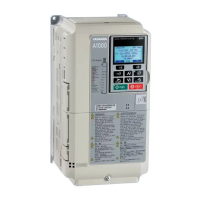
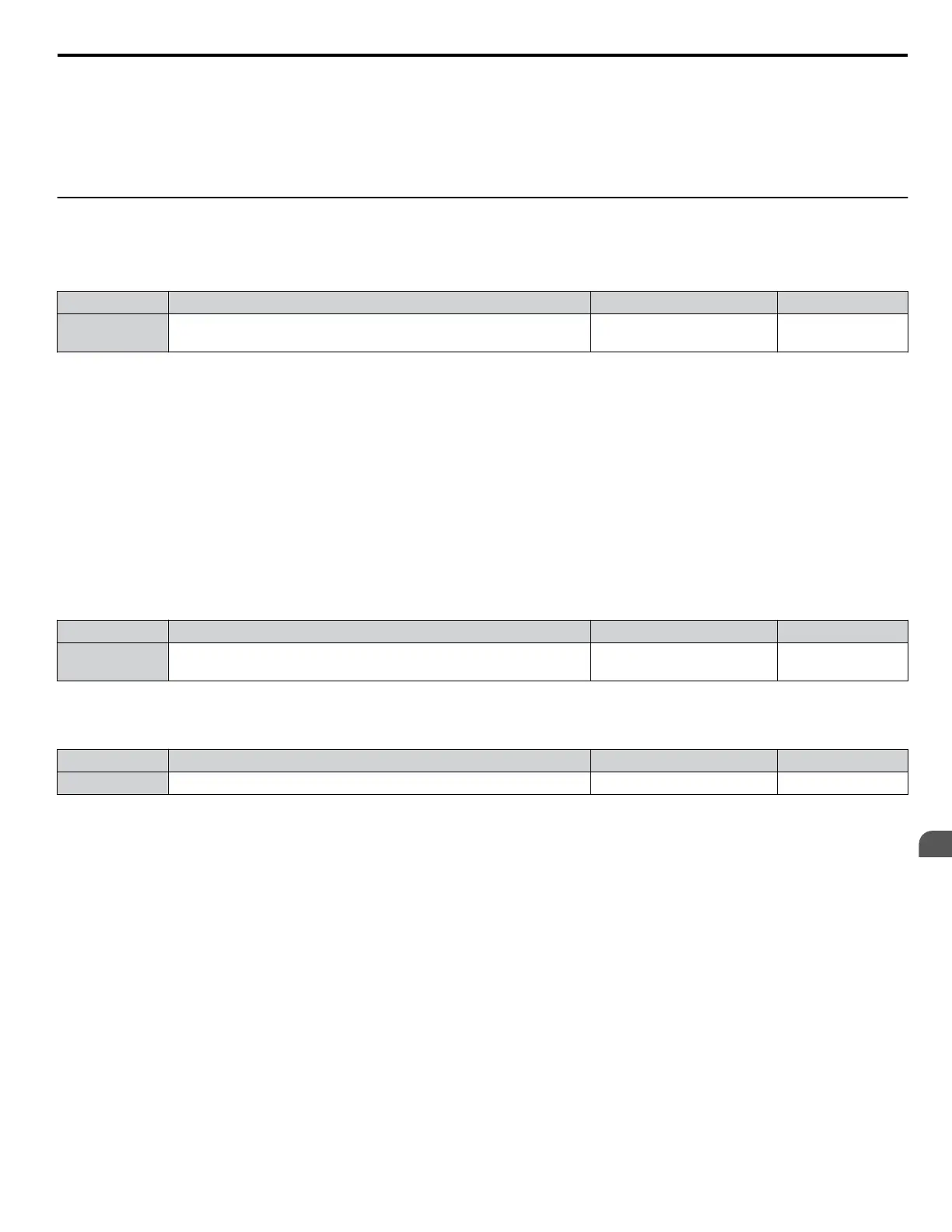